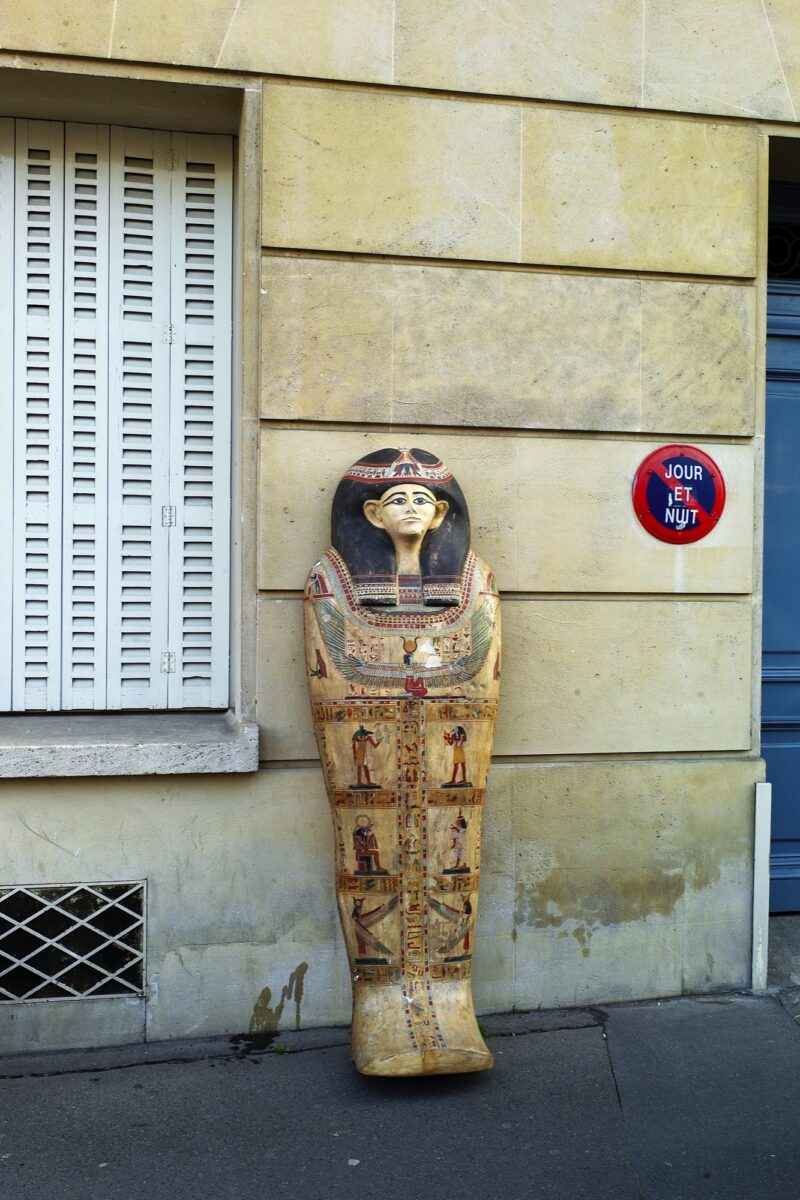[Summer 2021]
By Jacques Doyon
This issue features three artists, with three aesthetic positionings, who share an ironic distancing, sometimes barely perceptible, from themselves and from the world in which they live. One of them, taking a scholarly stance, constructs himself by literally embodying bits of art history; the second, in a more narrative vein, fashions a subtle self-fiction with existential echoes; the last, engaging directly with the real, nevertheless affirms the subjectivity of a framing, a gaze. In the end, what is it exactly about the visible and the invisible? What wisdom do we need to live better? And what do all these little things that falter, that alter, say about the state of the world?
In recent years, Steve Giasson has executed more than 230 “invisible” (audience-free) performances, which have been meticulously photographed for dissemination online and on social media. His is an art of the deferred, the discrepant: it emerges through the image, in a cultural context. And yet, it is an eminently corporeal art. Giasson retraces and incorporates conceptual contributions (thoughts, scenarios, gestures) of artists and performers who have gone before him by inscribing his own artist’s figure in their lineage. It is by re-embodying a series of artistic gestures, poses, and actions and, especially, by updating the values that they convey that he asserts a presence in the world – at once corporeal, sexual, and intellectual.
Vincent Lafrance’s project is a self-filmed web series that looks like self-fiction. The protagonist is an artist who finds himself in the country, in the middle of winter, to sell the family home after his dad dies. There, isolated, he is confronted with his memories, with the abundant snow, with the limited resources of the region, and with the loss of his driver’s licence – which drastically complicates the situation. Stroke by stroke, within a rather impressionistic storyline, the twelve-episode narrative unhurriedly intermixes distanced observations on knowing how to live with work and with other people – the basis of our existential relationship with the world.
Franck Gérard adopted a camera and street photography in 1999, after an accident that withdrew him from the world and then enabled him to rediscover it with fresh eyes. Since then, he has accumulated thousands of little, unexpected moments that just slightly derail things as we know them, troubling the banality of daily life. These images offer a sort of whimsical underside of the world – things that are unexpected, incongruous, absurd, amusing, ephemeral, marvellous. They arise from a kind of poetics of the gaze (a degree of attention to detail, a skill at uncovering what is wavering, startling, compelling) that points to things fracturing and opens to a different view of the world.
Translated by Käthe Roth
[ See the magazine for the complete article and more images : Ciel variable 117 – SHIFTED ]

